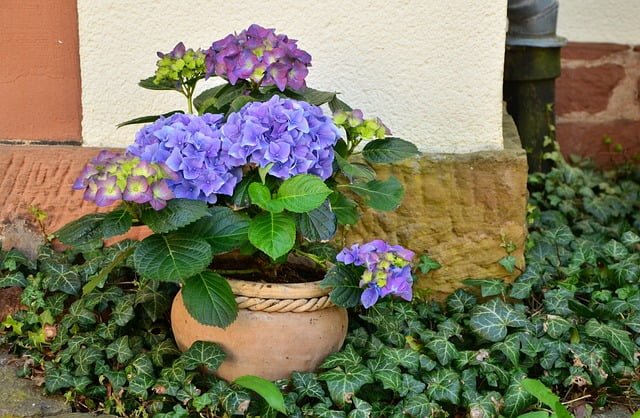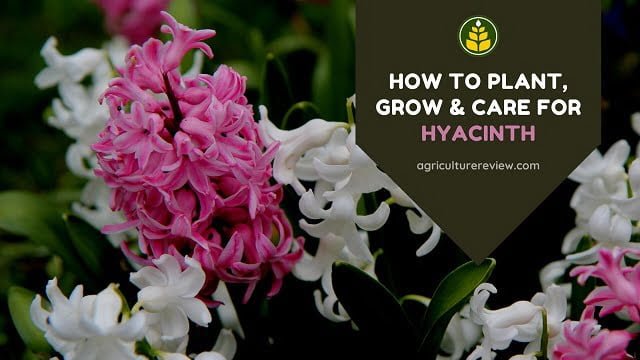Hydrangea, also known as Hortensia, is a genus of around 75 species of flowering plants. These flowering plants are native to Asia & America. Hydrangea plant can be a shrub or a tree that can grow up to 3 to 30 meters tall. They produce white, red, pink, purple, to blue coloured flowerheads from spring to autumn.
There are two types of flowers in flowerheads. In the center, there are white-coloured small, fertile flowers that are covered by large colourful sterile flowers. You can plant hydrangeas on borders, garden sites or even in pots. Many varieties are available in the market, and you can grow any of them by following this guide.
How To Plant Hydrangea?

Planting Season: Start planting hydrangea in fall or early spring season.
Where To Plant: Plant them at a location where they can receive bright direct morning sunlight but get protected from the harsh heat of the afternoon.
Soil & Potting Mix: They can grow on wide range of soils. But well draining soil rich in organic matter is best. Avoid growing them in waterlogged soil as it can cause root rot. Prepare potting mix with 40% soil + 40% organic manure + 20% cocopeat.
How To Plant: To plant them in pots, dig the soil to a depth to which the roots of the plant can adjust appropriately. After placing the roots in the pot, cover them with soil around the base and apply water.
To plant them in the ground, dig the soil up to 1 to 2 feet larger than the root ball. Place the plant in the hole and ensure it remains a few inches above ground level. Cover around the base with soil adequately and apply water.
Hydrangea Care Guide

Follow these guidelines to care for hydrangea flowering plant.
- Climate: Hydrangea plants can thrive well in a wide range of climatic condition depending on the variety. You can grow them in cool, moist to warm and dry climatic conditions.
- USDA Zones: You can grow them easily in USDA Zones 3, 4, 5, 6, 7, & 8.
- Sunlight: They love bright direct to indirect sunlight throughout the day. For getting larger blooms, keep them under direct sunlight during morning hours but protect them from harsh afternoon sunlight.
- Watering: Do not overwater as it can cause fungal disease. Moderate watering is suitable for this flowering plant. Keep the soil evenly moist, apply water when the top layer of soil seems dry.
- Fertilizers: Start feeding hydrangea plants from early spring to summer season. Use organic fertilizer such as one tablespoon bonemeal, onion peel or banana peel fertilizer once after every 20 days to promote flowering in the plant.
How To Propagate Hydrangea?
You can start propagating them by stem cuttings or tip layering in early spring season.
From Cuttings: Take 4 to 6 inches of softwood stem cuttings from just below a leaf node with the help of a pruning shear. Leave 2 to 3 leaves at the top and remove the rest. Dip the bottom end in rooting hormone powder. Plant cuttings in the pot & apply water. Keep checking moisture in the soil, and whenever needed, add water. Within few days roots will grow, and you will notice the growth of new leaves on cuttings.
From Tip Layering or Bent Over Branch: Select a healthy branch and bend it down so that a portion of that branch touches the ground. Remove leaves from that area where the branch is in contact with the ground soil. Take a small stone or brick and put it on the branch. Keep watering; once roots start emerging from the branch then, separate the new plant from the mother plant with the help of a pruning shear.



